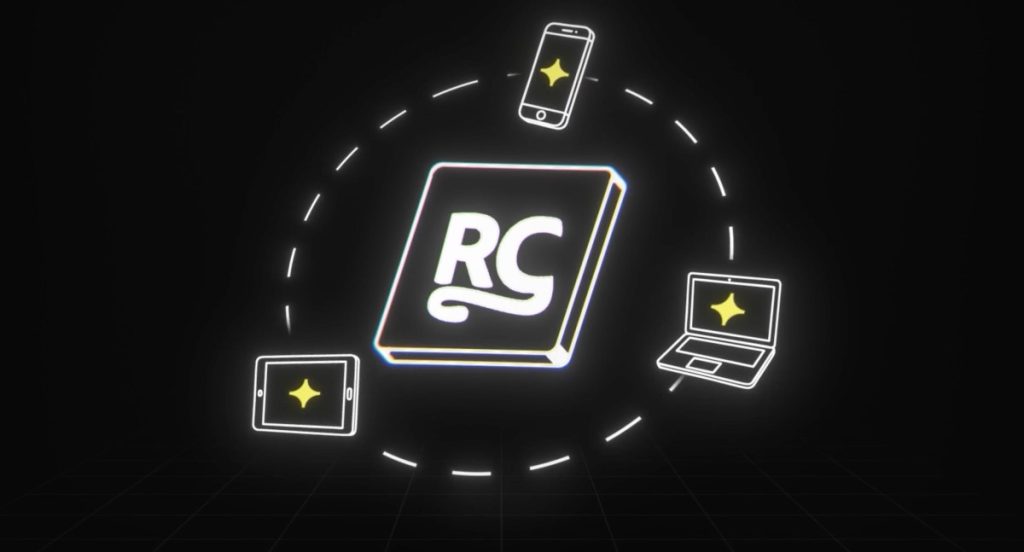The landscape of digital payments within mobile applications is undergoing significant transformation, particularly in light of recent legal rulings and policy changes by major platforms. In a notable development, payments and subscription infrastructure providers Paddle and RevenueCat have collaborated to launch a new integration that facilitates an alternative to Apple’s in-app purchase system. This endeavor comes after a pivotal change in the U.S. App Store policy, which now permits developers to process their own payments, thus opening the door for innovative monetization strategies.
New Payment Integration Details
The new solution introduced by Paddle and RevenueCat enables users to make purchases directly from developers’ apps across both web and mobile platforms. Paddle takes charge of the web-specific payment processes, navigating the complexities associated with tax and regulatory compliance. Simultaneously, RevenueCat provides developers with insights into their subscription data and performance analytics across different platforms, including the web, iOS, and Android. This dual approach allows developers to streamline their revenue generation processes while maintaining a comprehensive view of their app performance.
Implications of Recent Legal Changes
The ability to link out to external payment methods represents a significant shift in how iOS applications can operate in the U.S. This policy shift stems from a ruling made by District Judge Yvonne Gonzalez Rogers in the ongoing legal battle between Epic Games and Apple. While the court ruled that Apple is not a monopolist, it mandated that developers must be allowed to provide links to outside payment options, thus eliminating the need to pay Apple’s commission fees. This change is expected to have broad implications for app monetization strategies across various sectors.
Seamless User Experience Across Platforms
The integration between Paddle and RevenueCat is designed to provide a seamless experience for users, allowing them to subscribe to services once and access that subscription on any platform, whether it be web or mobile. The subscription data is conveniently stored in the RevenueCat dashboard, enabling developers to monitor real-time analytics and make informed decisions based on user behavior. As subscription-based services continue to grow in popularity, having the right infrastructure to manage these subscriptions effectively can be a game-changer for app developers.
Real-World Applications
Among the notable apps already utilizing services from both Paddle and RevenueCat is the running application Runna. This integration is touted to create a more streamlined process for web monetization, potentially increasing revenue opportunities for developers in the subscription space. “There’s a huge opportunity for subscription apps to grow revenue by expanding to the web — but that shift brings new technical and operational challenges,” stated Jimmy Fitzgerald, CEO of Paddle. This partnership addresses those challenges directly, equipping developers with the tools necessary to thrive in an evolving digital marketplace.
Market Impact and Future Prospects
RevenueCat, which reportedly powers over 70,000 apps, stands to benefit significantly from its collaboration with Paddle. Jacob Eiting, co-founder and CEO of RevenueCat, emphasized the potential of this partnership to enable developers to offer web-based payments alongside traditional app store models. With subscription services projected to continue growing, the ability to offer flexible payment options could become a competitive differentiator in the market.
Community Response
The developer community has responded positively to the collaboration between Paddle and RevenueCat, expressing optimism about the new opportunities for revenue generation and customer engagement. TechCrunch points out that developers are eager to explore alternatives to the traditional in-app purchase model, leading to a potential shift in consumer purchasing behavior as well.
Conclusion
The partnership between Paddle and RevenueCat signifies a crucial development in the realm of app monetization. By enabling developers to manage subscriptions effectively across platforms and allowing for external payment links, they are positioning themselves at the forefront of a shifting landscape. As more developers leverage these tools, we may witness a broader change in how digital products are marketed and sold, paving the way for a more flexible and consumer-friendly ecosystem.

